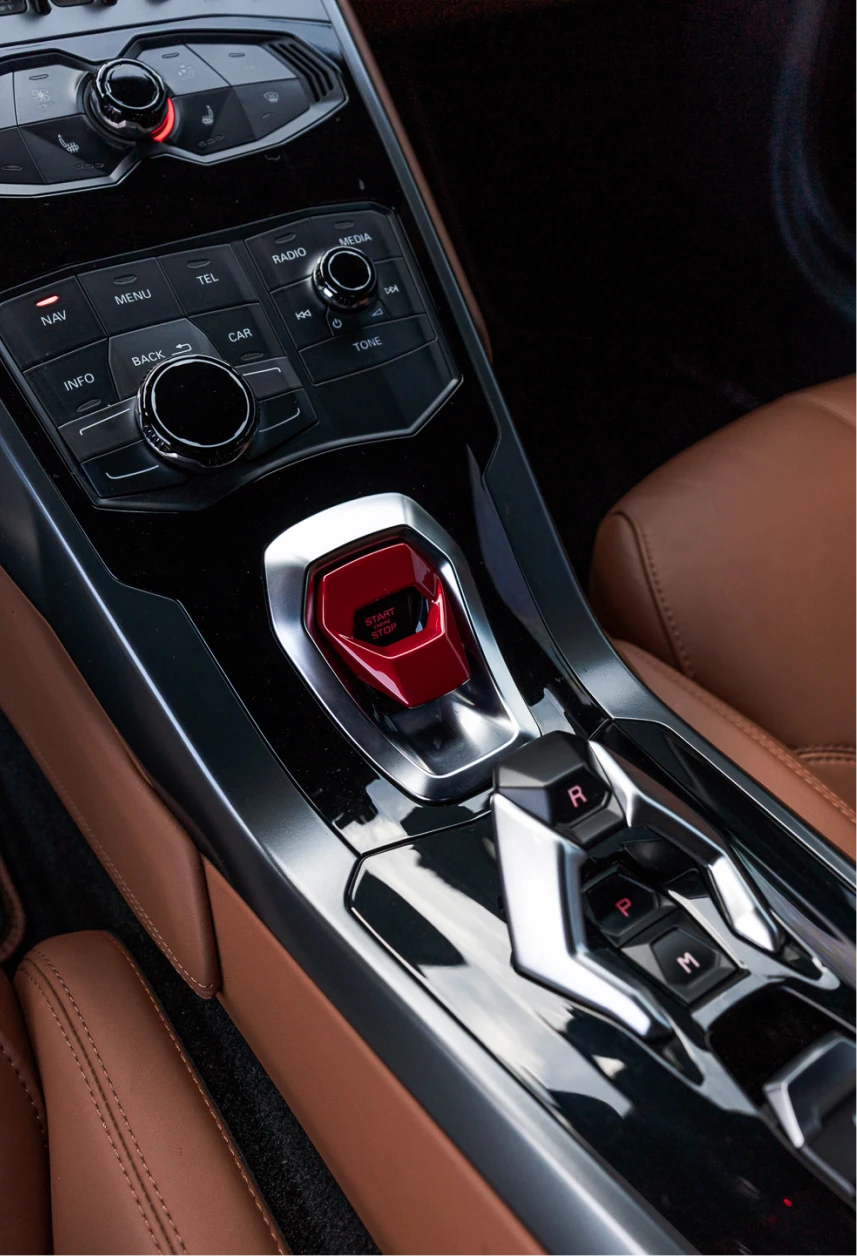Dry wash, also known as a waterless car wash, is a method of cleaning a vehicle without using water. Instead, special cleaning products are applied directly to the vehicle’s surface and then wiped off with microfiber towels.
Process:
- Preparation: Ensure the vehicle is parked in a shaded area and cool to the touch.
- Application: Spray the waterless cleaning solution onto one section of the vehicle at a time.
- Wiping: Use a clean microfiber towel to gently wipe off the solution, lifting dirt and grime.
- Buffing: Use another clean microfiber towel to buff the surface to a shine.
Benefits:
- Water Conservation: No water is used, making it eco-friendly and ideal for areas with water restrictions.
- Convenience: Can be done anywhere, even in places without access to water.
- Time-Saving: Generally quicker than traditional washing methods.
- Safe for Paint: Modern waterless wash products are designed to encapsulate dirt, reducing the risk of scratching the paint.
Considerations:
- Not for Heavily Soiled Vehicles: Best suited for light to moderately dirty vehicles.
- Quality Products: High-quality waterless wash products and microfiber towels are essential to avoid scratching.
Steam Wash
Uses high-pressure steam to clean the exterior and interior of a vehicle. The steam is produced by a specialized machine and applied with a nozzle.
Process:
- Preparation: The vehicle should be parked in a shaded area and cool to the touch.
- Steam Application: Steam is applied to the vehicle’s surface, loosening dirt and grime.
- Wiping: Use a microfiber towel to wipe away the loosened dirt.
- Interior Cleaning: Steam can also be used to clean and sanitize the interior surfaces, including seats, carpets, and dashboards.
Benefits:
- Water Efficiency: Uses significantly less water than traditional washing methods.
- Deep Cleaning: The high temperature and pressure of the steam can remove stubborn dirt, grease, and grime.
- Sanitization: Steam effectively kills bacteria, germs, and other pathogens, making it great for interior cleaning.
- Chemical-Free: Often, no chemicals are needed, making it an eco-friendly option.
- Versatility: Can be used for both exterior and interior cleaning, including engine bays and wheels.
Considerations:
- Initial Cost: Steam cleaning machines can be expensive.
- Training Required: Proper training is necessary to avoid damage to sensitive parts of the vehicle, such as electronics.
- Time-Consuming: While effective, steam cleaning can be more time-consuming than traditional methods, especially for heavily soiled areas.


Comparison and Conclusion:
Dry Wash
- Best For: Light to moderately dirty vehicles, quick and convenient cleaning, water conservation.
- Limitations: Not suitable for heavily soiled vehicles, requires high-quality products.
Steam Wash
- Best For: Deep cleaning, sanitizing interiors, eco-friendly cleaning with minimal water use.
- Limitations: Higher initial cost, requires proper training, can be time-consuming.
Both dry wash and steam wash methods offer eco-friendly alternatives to traditional vehicle washing. The choice between the two depends on the level of dirt, the specific cleaning needs, and the resources available. Dry wash is ideal for regular maintenance and quick clean-ups, while steam wash is perfect for thorough cleaning and sanitization.

